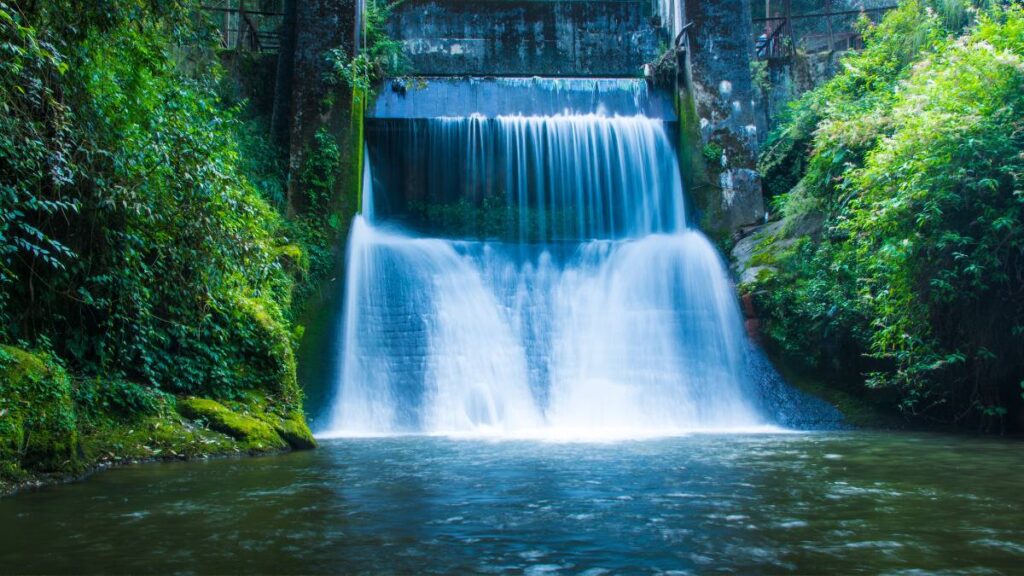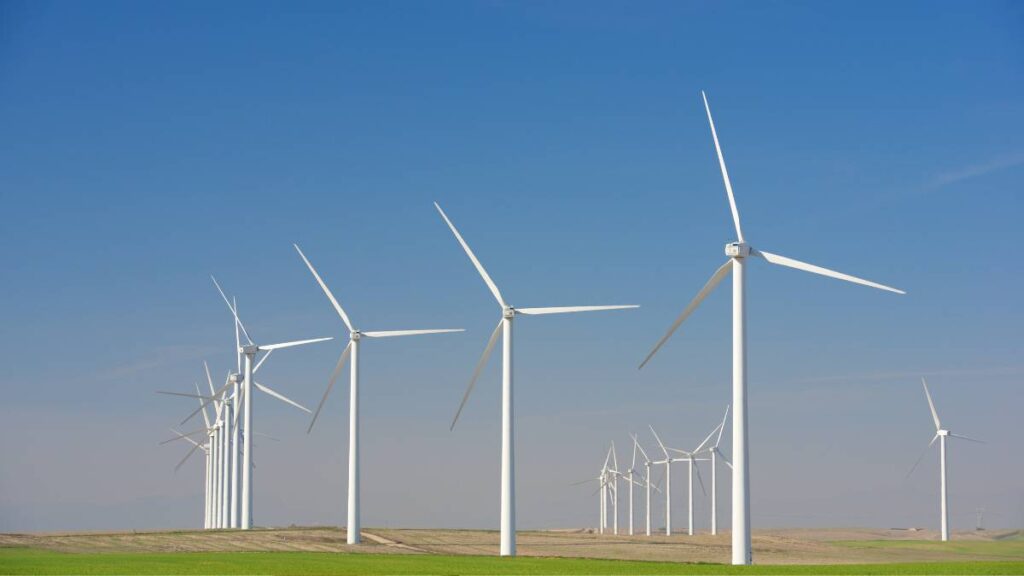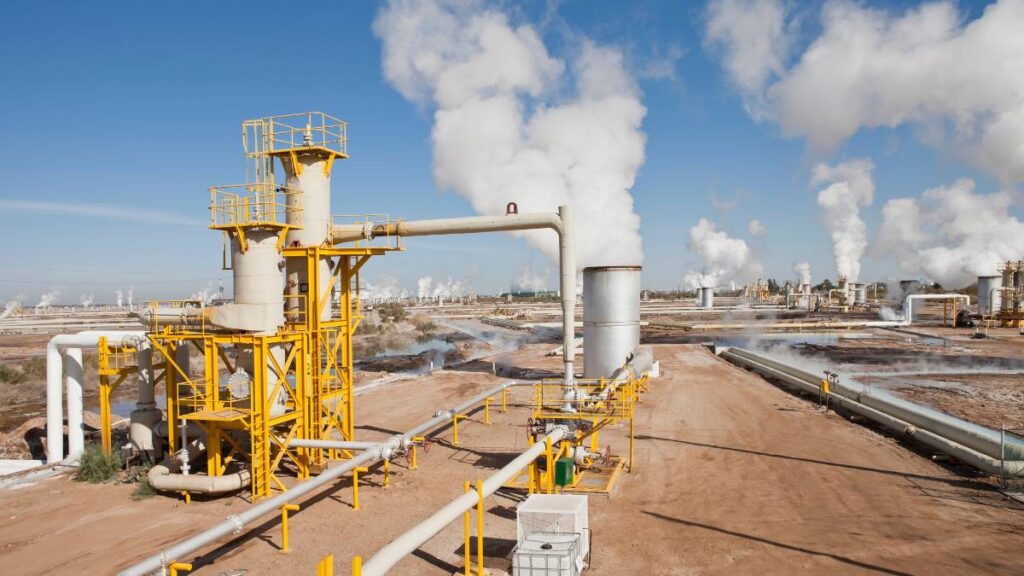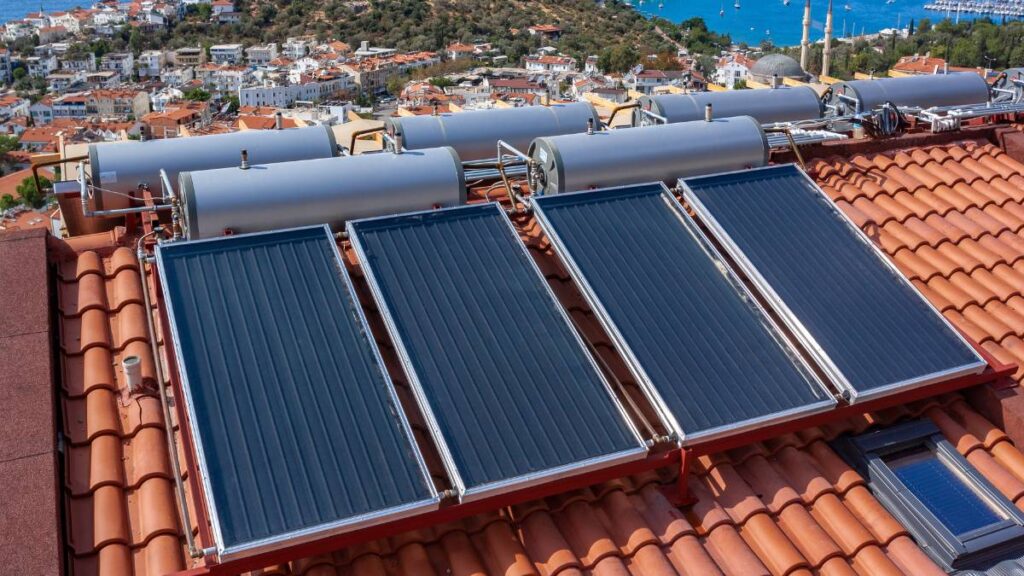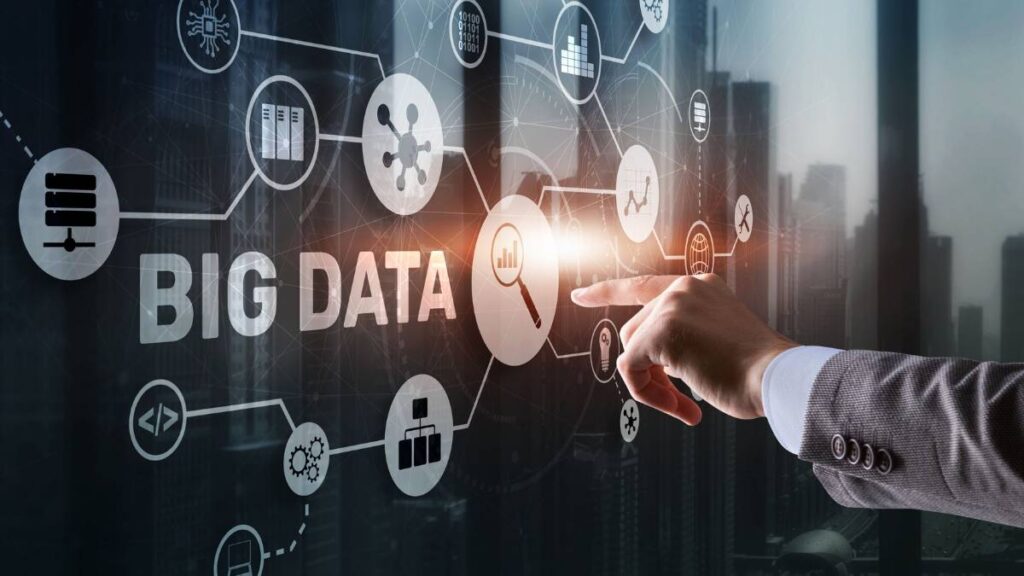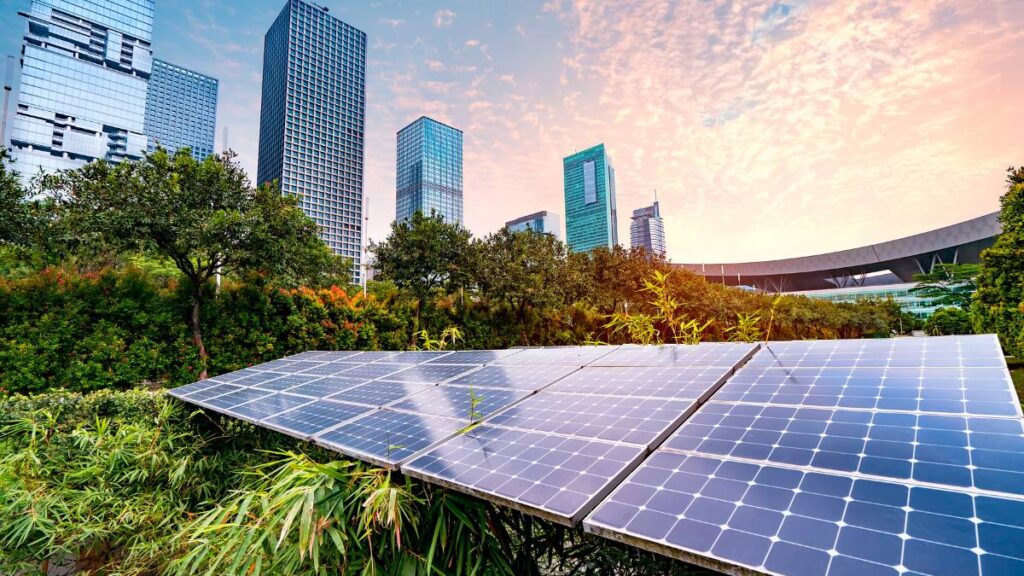Hydropower, one of the oldest sources of energy harnessed by humans, remains a significant player in today’s renewable energy landscape. This article provides an in-depth look at how hydropower works, its environmental impacts, and its role in renewable energy.
How Hydropower Works
Hydropower generates electricity by using the energy of flowing water. The most common type, hydroelectric dams, capture river water in reservoirs. Water released from these reservoirs flows through turbines, spinning them to generate electricity. Another form, run-of-the-river hydropower, harnesses river currents without significant water storage, offering a less disruptive alternative to large dams.
Environmental Impact
While hydropower is a clean energy source in terms of emissions, it’s not without environmental impacts. Large hydroelectric projects can disrupt local ecosystems, affecting fish migration and water quality. Flooding for reservoirs can also displace communities and submerge natural areas. However, advancements in turbine technology and fish-friendly practices are helping to mitigate these impacts.
Pros of Hydropower
- Renewable and Clean: Hydropower uses water, a renewable resource, and produces no direct emissions.
- Reliable and Flexible: Hydropower provides a consistent energy source, with dams able to adjust output as needed.
- Energy Storage: Pumped-storage hydropower allows for energy storage, releasing electricity during peak demand.
- Economic Benefits: Hydro projects can stimulate local economies through job creation and recreational opportunities.
Cons of Hydropower
- Environmental Disruption: Building dams can disrupt ecosystems, alter water quality, and impact local wildlife and fish populations.
- Social Impact: Large projects can lead to the displacement of communities and the loss of cultural heritage sites.
- Climate Vulnerability: Hydropower is susceptible to changing weather patterns and water availability due to climate change.
- High Initial Costs: Constructing hydroelectric facilities requires significant upfront investment and long development periods.
Hydropower in the Renewable Energy Landscape
Hydropower plays a critical role in the global renewable energy mix, offering a reliable and scalable source of clean energy. It’s particularly valuable for grid stability and energy storage. However, the future of hydropower lies in balancing its benefits with environmental and social considerations, leaning towards more sustainable practices like small-scale and run-of-the-river projects.
Conclusion
Hydropower is a pivotal component of the renewable energy sector, offering numerous benefits as a clean, reliable energy source. However, it necessitates a careful consideration of its environmental and social impacts. As technology and ecological awareness advance, the focus shifts towards more sustainable hydropower practices, ensuring that this age-old energy source continues to evolve in harmony with our environmental and societal needs.

